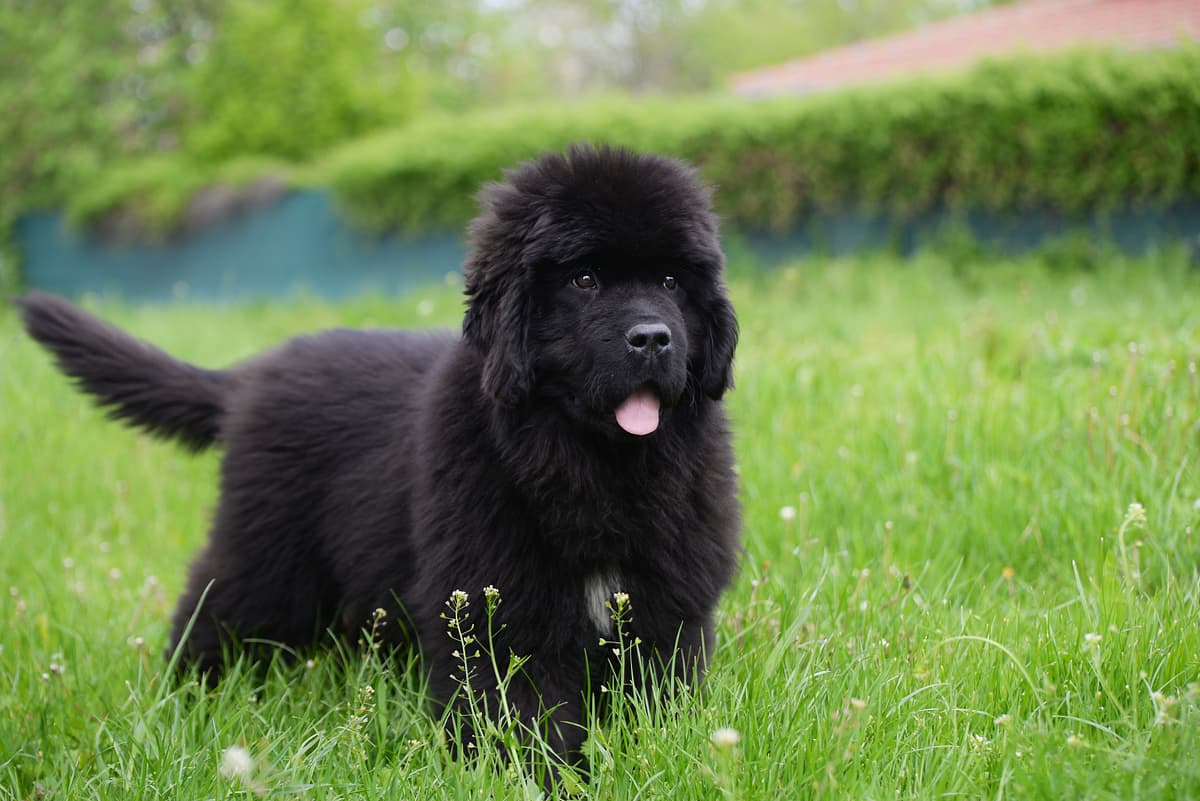Newfoundland vs Labrador Retriever
Discover the differences between Newfoundland and Labrador Retriever to make the best choice for your situation.
Try different breeds

Newfoundland
A gentle giant with a calm, patient nature and strong loyalty, Newfoundland thrives as a devoted family protector. Renowned for its swimming skills and nurturing instincts.

Labrador Retriever
Eager, friendly, and intelligent, this breed loves being part of an active family. Their gentle nature and loyalty make them outstanding companions for all ages.
Quick comparison
Large
60–70 kg
Double coat, water-resistant
8–10 years
45–55 kg
Moderately active
Large
29–36 kg
Short double coat, water-resistant
10–12 years
25–32 kg
High energy
Personality & behavior
Compare the personality traits and behavioral characteristics of both breeds.
Newfoundland
Exceptionally gentle and welcoming toward people and pets
Learns commands quickly and solves simple problems
Tends toward calmness, not highly active indoors
Enjoys games and interaction, especially with family
Adjusts well to different living situations and routines
Labrador Retriever
Warm and sociable with people and animals
Quick learner, responds well to training
High stamina, enjoys active pursuits daily
Loves games and interactive activities
Adjusts easily to new situations and environments
Care needs
Exercise, grooming, and daily care requirements
Newfoundland
Hip dysplasia, heart disease
Labrador Retriever
Hip dysplasia, elbow dysplasia
Suitability
How well each breed fits different living situations and families
Newfoundland
Good option
Patient and gentle, Newfoundlands are generally manageable for first-time owners.
Not ideal
Their large size and need for space make apartments challenging.
Moderately suitable
They enjoy activity but do not require constant vigorous exercise.
Perfect fit
Known for gentleness, they are affectionate and tolerant with young children.
Very friendly
Newfoundlands are sociable and usually coexist well with other pets.
Not recommended
They dislike being left alone and can develop separation anxiety.
Labrador Retriever
Great choice
Patient and eager to please, Labradors are manageable for most first-time owners.
Not ideal
Labradors need space and exercise, so apartments can limit their activity needs.
Perfect fit
High energy and stamina make them excellent for active individuals or families.
Highly suitable
Gentle temperament and playful nature make them safe and loving with young children.
Very friendly
Generally sociable and get along well with other dogs and pets.
Prone to anxiety
Extended alone time can lead to boredom and destructive behaviors in this breed.
Breed strengths
What each breed excels at and their best qualities
Newfoundland
- Gentle and patient with children
- Strong swimming ability and water rescue instincts
- Generally calm and even-tempered
- Loyal and protective toward family
- Tolerant of cold weather conditions
Labrador Retriever
- Friendly and sociable with people and dogs
- Highly trainable and eager to please
- Excellent with children and families
- Strong retrieving and swimming abilities
- Generally adaptable to various living situations
Challenges & considerations
Potential challenges and considerations for each breed
Newfoundland
- Prone to joint and hip dysplasia
- Heavy shedding and frequent grooming required
- Can be stubborn during training sessions
- Tendency to drool excessively
- Needs ample space due to large size
Labrador Retriever
- Prone to obesity without portion control
- Can become destructive if under-exercised
- Heavy seasonal shedding requires regular grooming
- May develop hip or elbow dysplasia
- Needs significant daily physical activity
Ready to choose your perfect breed?
Learn more about each breed or compare other breeds to find the perfect match for your lifestyle.
Discover more helpful tools
Make use of our other free tools to get the most out of your pet experience
